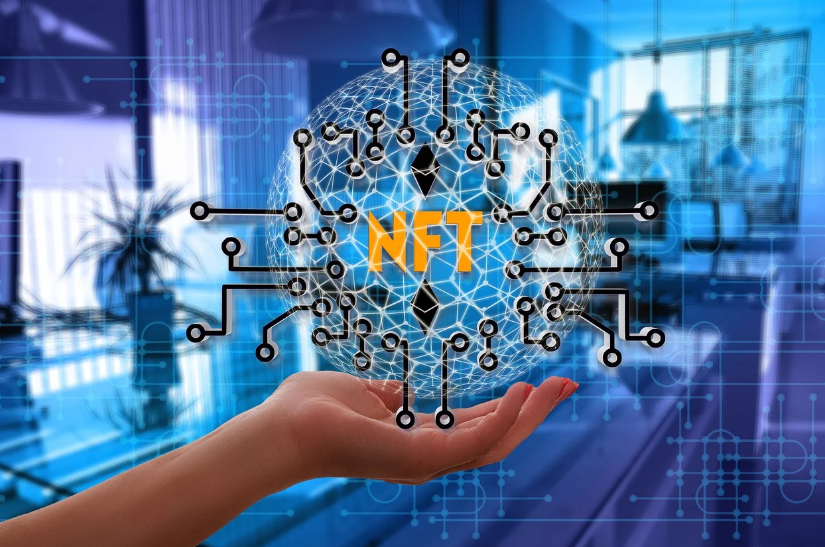
Blockchain technology has revolutionized numerous industries, introducing transparency, security, and efficiency. However, amidst these remarkable features, the privacy of transactions stands out as a critical concern. Over time, blockchain’s approach to privacy has evolved from pseudonymity to complete anonymity. This essay sets out on a journey to investigate the development of transaction privacy inside blockchain networks, illuminating its historical roots, revealing cutting-edge techniques, and discussing the difficulties associated with its security.
Understanding Blockchain Transactions
At the core of the blockchain lies the transaction itself – a digital exchange of value or information. These transactions are securely recorded on the blockchain using a decentralized network of miners or validators. The inherent transparency of blockchain transactions is one of the technology’s most alluring features. Every participant in the network can independently verify and trace these transactions, promoting a heightened sense of accountability and immutability.
The Quest for Privacy: Pseudonymity and Beyond
In the early stages of blockchain development, pseudonymity emerged as an initial attempt to enhance transaction privacy. Pseudonymity involves utilizing cryptographic keys to generate pseudonymous addresses, effectively replacing real-world identities. While pseudonymity introduced a level of privacy, it faced limitations. Despite the veil of anonymity, transactions could still be traced and potentially de-anonymized through intricate data analysis methodologies.
Advancements in Transaction Privacy: Techniques and Tools
Recognizing the constraints of pseudonymity, the blockchain community turned its attention to more sophisticated privacy techniques. Notable advancements include stealth addresses, ring signatures, and the innovative CoinJoin protocol. These techniques introduce an element of obfuscation into transactions, making it notably challenging to establish direct connections between senders and recipients. For instance, stealth addresses generate unique addresses for each transaction, significantly reducing the likelihood of address reuse and enhancing privacy.
Enter Full Anonymity: Zero-Knowledge Proofs and Confidential Transactions
The pursuit of enhanced transaction privacy led to the emergence of full anonymity within blockchain networks. This concept materialized through groundbreaking innovations like zero-knowledge proofs (ZKPs). ZKPs allow for transaction verification without disclosing specific transaction details. Zcash, a privacy-centric cryptocurrency, leverages ZKPs to offer users optional transaction privacy. Confidential transactions go further by concealing transaction amounts, amplifying privacy across the blockchain.

Blockchain Transaction Security: Safeguarding Against Threats
While prioritizing privacy, maintaining robust security remains paramount in blockchain transactions. Threats such as double-spending and 51% attacks loom, endangering the integrity of transactions. Consensus mechanisms like proof-of-work and proof-of-stake serve as vital guardians against such threats. Proof-of-work requires miners to solve complex mathematical puzzles to validate transactions, while proof-of-stake leverages validators who possess a stake in the network, creating an added layer of security.
Exploring the Blockchain: The Role of Blockchain Explorers
Integral to the ecosystem, blockchain explorers are indispensable tools, allowing users to delve into and verify blockchain transactions, addresses, and blocks. These platforms enrich transparency by offering real-time insights into the blockchain’s activity. Users gain a holistic understanding of transaction flows by simply inputting transaction IDs or addresses, fostering trust and accountability within the network.
Striking a Balance: Transaction Anonymity and Regulatory Compliance
Amidst the pursuit of transactional privacy, maintaining harmony between anonymity and regulatory compliance presents a delicate challenge. While privacy is essential for user empowerment, concerns about illicit activities and money laundering necessitate accountability. In response, blockchain projects strive to integrate privacy features while adhering to legal requirements, navigating a middle ground that respects individual rights and societal safety.
Future Trends: The Road Ahead for Blockchain Transaction Privacy
The expedition to amplify blockchain transaction privacy continues to evolve. Privacy-focused blockchain projects are gaining momentum, introducing innovative avenues for secure digital exchanges. Continuous research and development promise further enhancements as the collaborative blockchain community strives to render transactions more private, secure, and user-centric.
Conclusion
As blockchain technology forges ahead, the commitment to transactional security and privacy remains unwavering. Blockchain transactions have undergone a significant metamorphosis from the nascent days of pseudonymity to the present realm of full anonymity. Users and developers play pivotal roles in shaping a more confidential, secure, and efficient blockchain ecosystem by comprehending the techniques that fortify privacy and security.
Ready to embark on a journey of success in NFTs, Crypto, and Blockchain? Learn from a global marketing expert who has spearheaded numerous successful project launches in the Metaverse. With early entry into the NFT space and a wealth of knowledge and experience, Samer A. is your guide to thriving in these transformative technologies.





0 Comments